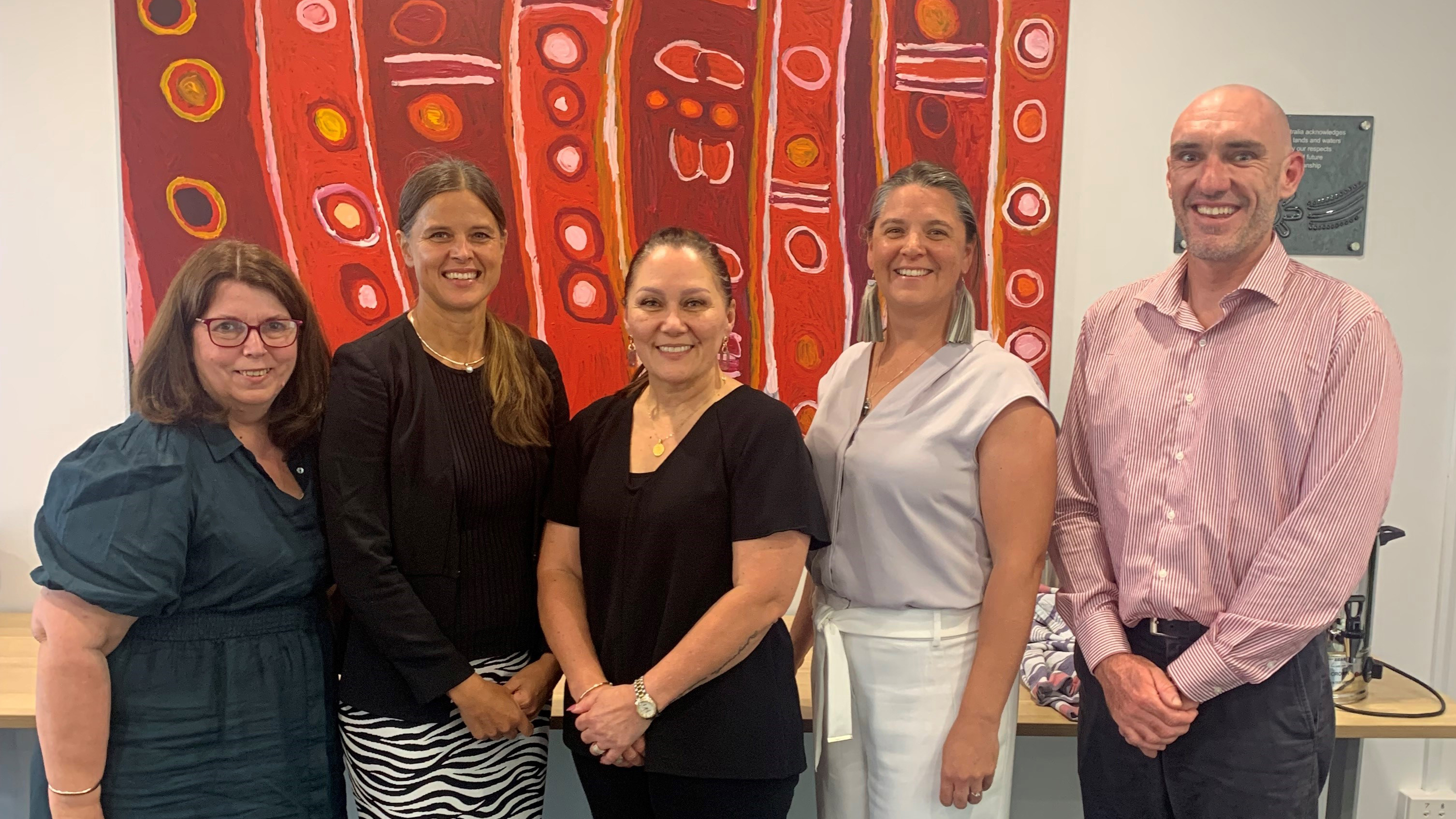 How well can people with hearing loss understand speech on different videoconferencing technologies and how well do different hearing technologies improve that experience?
How well can people with hearing loss understand speech on different videoconferencing technologies and how well do different hearing technologies improve that experience?
A pilot study at NAL sets the stage for a repeatable and validated way to test how well people with hearing loss can understand speech on different videoconferencing technologies and how well different technologies, such as hearing aids, improve that experience.
Key findings of this study include:
People with hearing loss were more negatively affected when communicating via videoconferencing compared to people with normal hearing, which was measured using a conversation test.
While hearing aids improved a person’s ability to follow a conversation via videoconferencing, hearing aids did not restore understanding to the same level as face-to-face or to that of normal-hearing people.
Listening to conversations over videoconferencing required a lot more effort for people with hearing loss compared to people with normal hearing.
These results indicate that people with hearing loss have more difficulty and find it harder to communicate via videoconferencing than in person or compared to people without hearing loss. While hearing aids help people with hearing loss to understand speech on videoconference calls, they do not fully compensate for this difficulty. There is a need for technical improvements to help people with hearing loss understand speech on videoconferencing better than they are able today.
For more information, please contact Dr Vicky Zhang via vicky.zhang@nal.gov.au








